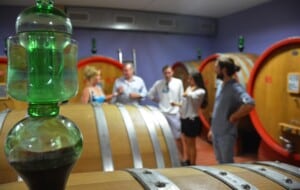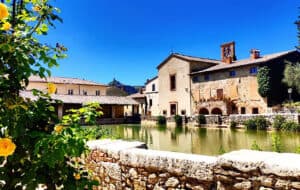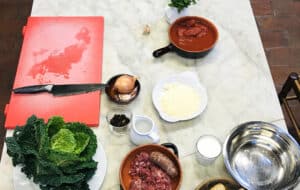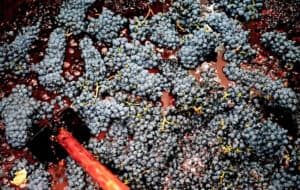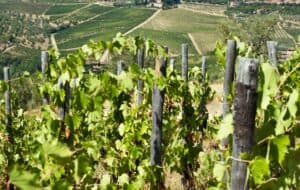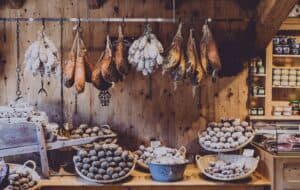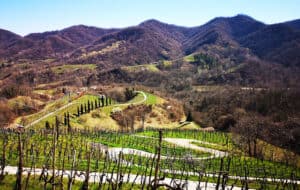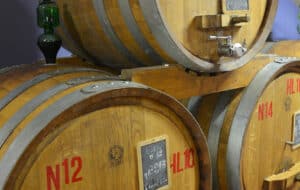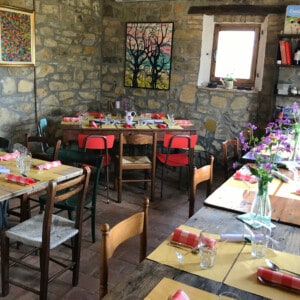
Tuscan Cuisine
Simplicity is the main feature of Tuscan cuisine.Simplicity of the ingredients and simplicity in the preparations. Supported by an exceptional high quality of the raw materials A dual origin The cuisine of this region boasts ancient origins which date back to the Etruscan period when Tuscany’s gastronomic tradition originates. But was during Renaissance that evolved significantly because Moments of conviviality became part of the culture of the noble courts where the best chefs worked, especially in Florence. The great chefs of the time used precious refined ingredients and many spices to give a touch of exoticism and uniqueness to the dishes. Many books were written in this period, real manuals on the art of hospitality. This was what happened in the noble courts. The poor people of the countryside were instead carrying on a completely different tradition, which is still in use today. Not having the opportunity to buy fine…
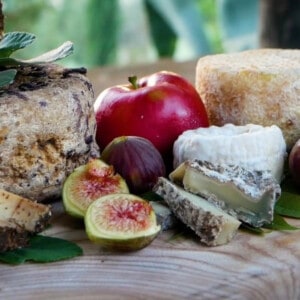
Cheese
During the month of May, getting together with friends and snacking on pecorino cheese and raw fava beans on the cobblestone streets of some of our wonderful medieval hamlets or lying in a field somewhere is more than a tradition, it is a must and a truly healthy snack for all gourmands. The Tuscan cheese production has a really long tradition, it seems since the Etruscan times, but the real dairy explosion is much more recent. Well, one step at a time... Even if it is hard to imagine now, young Rome was surrounded by pastures where sheep grazed in great numbers. Obviously, these sheep provided a steady stream of milk. Also, there was a good supply of salt from the seaside town of Ostia, and the Romans had a monopoly on salt after winning the Punic Wars, therefore the cost of making cheese in Rome was low. Overtime, Pecorino,…
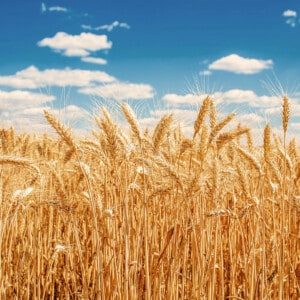
Bread and Pasta
The older generation still recount how wheat was sown on the hills of Montalcino between the rows of vines and the olive trees in order not to misuse the cultivable land. Thanks to their immense expanses of fields of marine origin, Montalcino and the Val D'Orcia have always been the so-called barn of Tuscany and one of the most important in Italy. This is mostly due to its particular rainy climate in spring and its hot summers, which are ideal for growing grains especially wheat, spelt, and barley that are ground for the production of flour to then make bread and pasta but also a niche production of beer. Tuscan Bread Bread has always been a staple in our diet in Tuscany and has actually existed since 1.2000 BC. But it was during the Egyptian and then the Roman era that new methods of preparation and baking were implemented including…
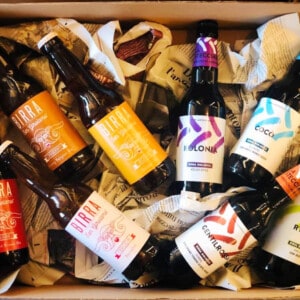
Beer
Beer in Tuscany is both an old and a new tradition: old because the Etruscans were the first to produce it in Italy (from rye and spelt) and new because in the new millennium we have understood the importance and beauty of craft production. From the time between the Etruscans and the early 2000s, we let the English, Belgians, and Germans produce beer while we preferred to dedicate ourselves to the excellence of our wines. Even when the first industrial breweries such as Paszkowski opened in Florence in the second half of the 19th century, the art of craft beer remained on the sidelines. For a long time, beer was considered a summer drink. thirst-quenching and refreshing but nothing more. In 2016, a law established that craft beer can be defined as such only if not subjected to pasteurization and microfiltration processes and only if produced by small independent breweries…
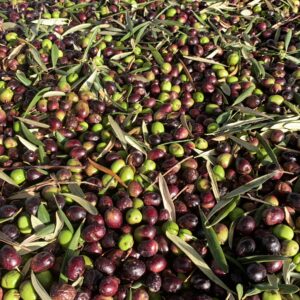
Extra Virgin Olive Oil
Extra Virgin Olive Oil is a magic balm and the foundation of Italian Cuisine. In Tuscany we have 110 recognized olive cultivars, the largest number in all of Italy. Origins Olive oil has very ancient origins. In fact, the first olive trees date back to more than 7.000 years ago, grown in the eastern Mediterranean area, particularly in Israel. It was the Greeks who experimented with the first oil mills and the first olive oil production techniques, followed by the Romans. These techniques have remained unchanged for several centuries. The role of the Greeks was also fundamental in the diffusion of the olive tree, expanding its cultivation throughout the Magna Grecia. The Romans, however, gave the oil the opportunity to reach France and Spain. In the latter countries as well as in Italy, the climatic conditions were ideal guaranteeing the optimal growth of the plants. Olive trees, in fact, are…
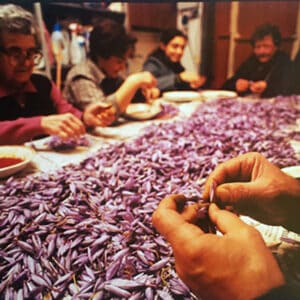
Saffron
Saffron is a fine spice that originated in Asia but came to us thanks to the Greeks and later to the Arabs who changed the name from Croco to Saffron The Saffron, or Zafferano as we call in Italian, was already cultivated in the Middle Ages in the hills north of Siena, Florence, and Lucca, and it strongly influenced the economic growth of the region at that time. In the past, the saffron was so valuable that it was used as a bargaining chip as well as for cooking, medicine, and dyeing clothes. The city of San Gimignano owes much of its wealth thanks to the saffron trade, and it is said that many of the towers that stood in the town were built thanks to the saffron trade. Red gold, as it was called in the past, was also used by painters for its color: red and not yellow,…
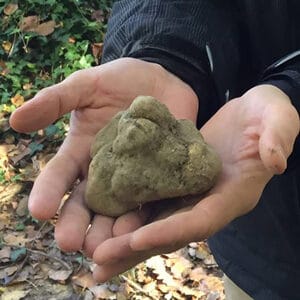
Truffle
Tuscan Truffle is a treasure hidden in the dark belly of the earth which, brought to the table, gives dazzling light to the simplest dishes What is Truffle? First of all, it is not a tuber for which it is often mistaken. It is actually a hypogeum mushroom that grows underground and belongs to the Ascomycetes family. It comes from the symbiosis of a plant, usually an oak or holm oak tree which flourishes around Montalcino, and its roots, from which the truffle gets its nourishment. It usually takes a few months from the birth of the truffle to its real maturation, but it varies depending on different climatic factors. These special conditions are often not man-made, and that is why the truffle is not cultivable but is found almost exclusively in nature. Tuscan Truffles In Italy, certainly the most famous area for truffles is the Piedmont region and more…
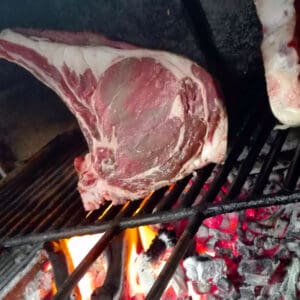
Meat
Viva la ciccia! Tuscany is worldwide famous for the quality of the meat here produced. For centuries, hunting and livestock farming have been one of the few livelihoods that provided a few sources of wealth to farmers together with the harvesting of wheat and olives Until the end of sharecropping in the early 1960s, the countryside was full of homesteads and farms were scattered throughout Tuscany. The south of Tuscany, covering the provinces of Arezzo, Siena, and Grosseto, was perhaps the most agricultural part of the region. In fact, it is here that the two most important cattle breeds, Chianina and Maremmana, are bred today. Beef Chianina comes from the Chiana Valley straddling the provinces of Siena and Arezzo and is sure to be the most important breed because the meat that comes from it is the most genuine and the least fat. In the past, Chianina cows were used…
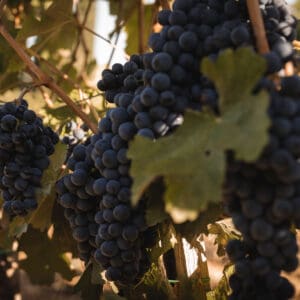
Tuscan Wines
Tuscan Wines are an icon, a life style a superb beverage. When you think of Tuscany, usually the first image in your mind is of rolling hills, prosciutto hanging from the ceiling, and bottles of wine wrapped in straw It has been a long time since the wine from Chianti was sold in the old-fashioned straw bottles, even if in some little shops you can still find them as souvenirs... Wine is everywhere in Tuscany, and it is impossible to avoid this world when visiting the area. Everybody will have their personal story to tell you about the production and aging of their wines. You will find Tuscan wines sold and served in every place you visit, and, even if you are not an expert, you soon start to develop your own palate and vocabulary. Exploring Tuscan Wines is an immersive adventure that will change your approach to alcoholic beverages…
